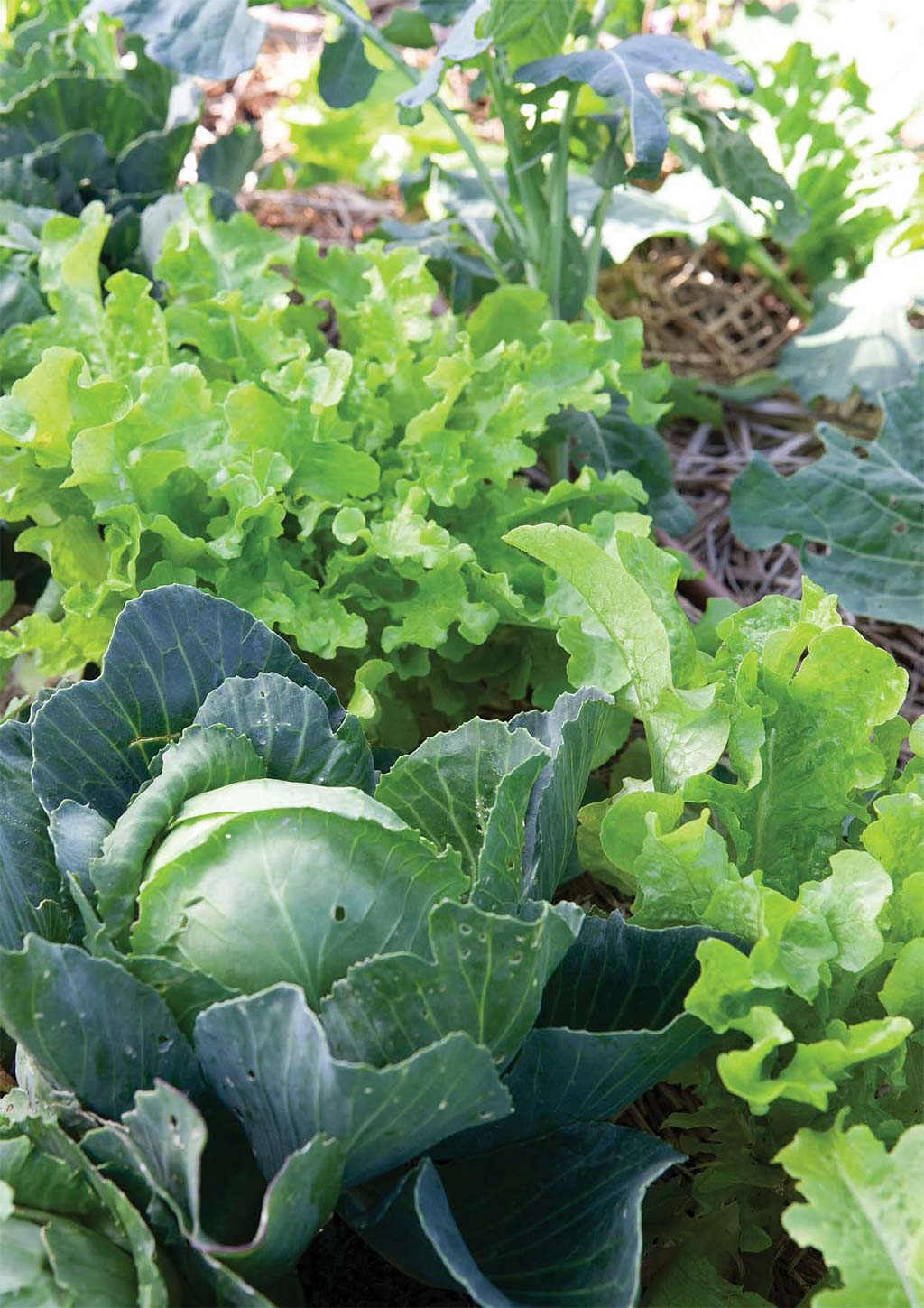In the pursuit of self-sufficiency, many of us dream of living on a country property with livestock, chickens, an orchard and a large vegetable patch. The reality is that most of us live in suburban settings, with small yards and limited space. However, this doesn’t mean we can’t grow lots of food – we just need to be smart about how we do it.
Growing food in small spaces is about subsidising our grocery needs with a variety of fresh produce. Most of us would never be able to grow enough food to completely replace our weekly shopping, but we can grow enough so it has an economic impact, saving on food bills; has an environmental impact, by cutting down on food miles and the effects of industrial agriculture; and, most importantly, has a cultural impact, where we come to value our food and recognise the importance of celebrating it.
For many people, growing their own food is about adding fresh produce to their staples. Whether it be some fresh parsley for winter soup, lettuce and cherry tomatoes for a summer salad or greens for a smoothie, almost all of us can grow something.
When deciding you want to grow food, regardless of the space you have available, there are some initial questions to ask yourself. What can I grow that I will use all the time? What can I buy that is already readily available and inexpensive? What do I eat? What space am I working with? Is it a backyard, a courtyard or a

